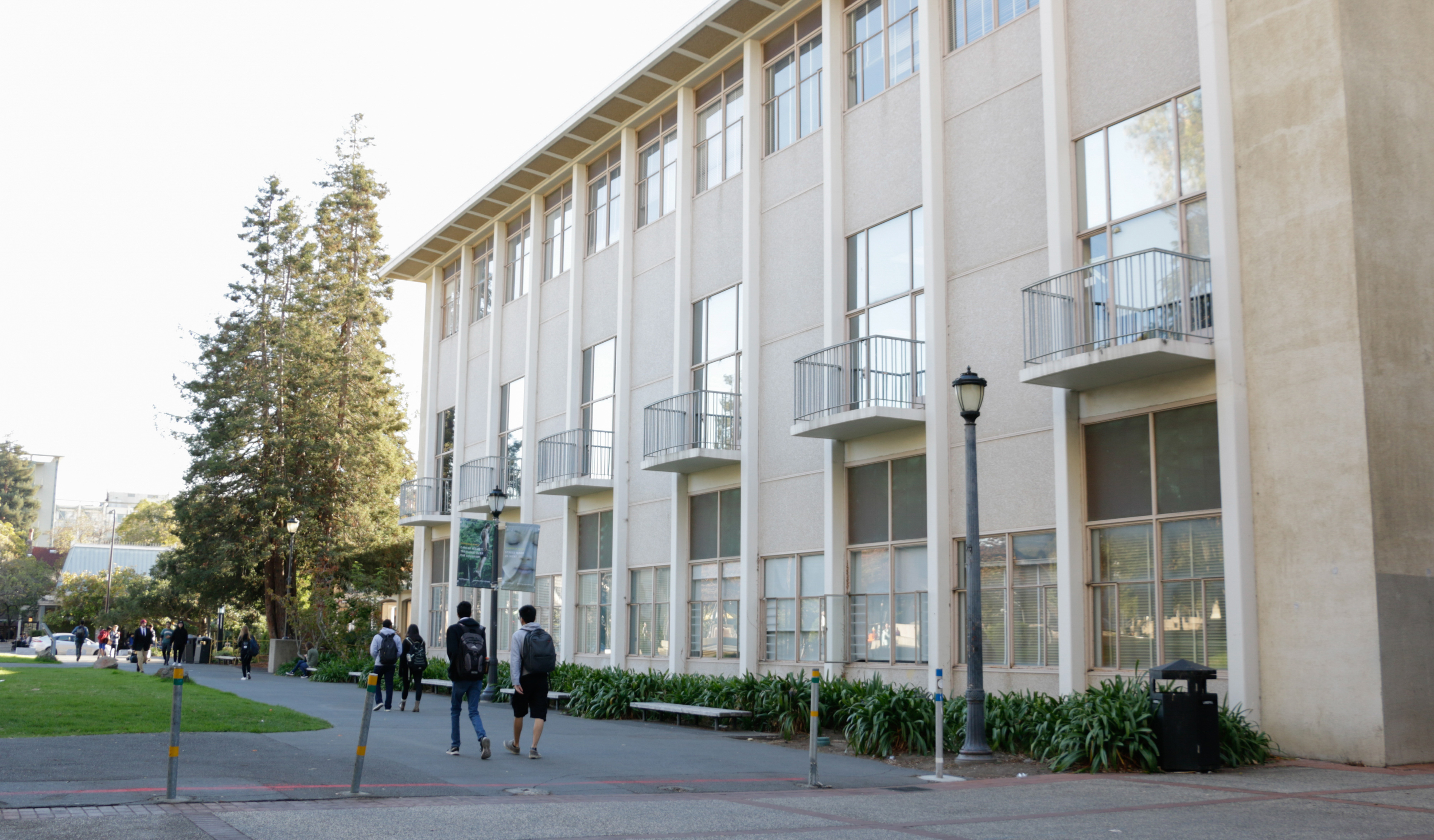
News of the closure and occupation of UC Berkeley’s Anthropology Library has traveled far and wide. Numerous inaccuracies about the plan for the library have cropped up in conversations and media reports, and on social media.
Here are facts that address some of the most common misconceptions.
Why is this happening?
Funding for the UC Berkeley Library has been decreasing while enrollment has grown, so the system is serving more people with fewer resources. Since 2003, enrollment at UC Berkeley has increased by 40 percent while campus funding to the Library, adjusted for inflation, has fallen by nearly half. It is not sustainable or fiscally responsible for the Library to continue to operate without putting in place broad measures to reduce costs.
How was the decision made?
The Library carefully weighed a variety of factors in developing a proposal, shared with campus in fall 2022: qualitative and quantitative data to inform the needs and priorities of students, faculty, and other users; logistics related to locations and facilities; staffing realities; and the budget outlook. The Library received feedback from more than 400 stakeholders across academic affiliations, and the proposal was revised in light of the feedback. The plan to close and merge the Anthropology Library’s collections is one part of the long-term space plan, announced in February.
The Department of Anthropology was brought into this conversation in spring 2022 in order to collegially discuss options that would serve the needs of the department’s students and faculty, without disruption to the space and the collection. At that time, the department and the Library reached an understanding, with the Library agreeing to support a temporary study and browsing service model on weekday afternoons through spring semester 2023, and the Department of Anthropology identifying and funding one individual to serve as the room monitor to ensure the security of the collection and safety of users.
How much money will the UC Berkeley Library save by closing the Anthropology Library?
There is no precise figure for how much money will be saved by closing the Anthropology Library, because the UC Berkeley Library doesn’t budget or track expenses by individual library.
Under the space plan, the Anthropology, Physics-Astronomy, and Mathematics Statistics libraries will close and merge with other libraries. The closure of these three libraries, along with reductions to hours and services in several others, will save a total of about $1.2 million annually.
What is happening to the Anthropology Library’s materials?
The materials will still have homes where students, faculty, and the public can find and use them.
Regularly used materials that have been held on-site at the Anthropology Library will be combined with the collections of the Main (Gardner) Stacks. The materials will be shelved according to the standards of the Library of Congress, meaning volumes on the same subjects will be shelved alongside one another, providing convenient access for researchers, and allowing for serendipitous discovery of materials on a given topic.
Low-use materials held at the Anthropology Library will be transferred to NRLF, a shelving complex in the city of Richmond, which holds more than 40 percent of the UC Berkeley Library’s volumes. Materials held at NRLF can be delivered to a variety of library locations on campus, and users can choose the pickup site that is most convenient for them.
Will access to materials be cut off?
Access to the Anthropology Library’s collection will not be cut off.
Main Stacks is centrally located and has longer hours than most other libraries on campus. It is also more physically accessible than the Anthropology Library, including for patrons who use wheelchairs.
Can the community still access materials in the Anthropology collection?
Anyone can access Main Stacks. Members of the public can access Main Stacks’ materials on-site through free passes that grant one-day or longer-term access.
How many volumes will be affected?
The Anthropology Library collection consists of an estimated 80,000 volumes — 50,000 on-site and 30,000 at NRLF. The precise number of materials that will be moved will be determined pending a review of the on-site collection.
How will students and faculty get support for their anthropology research?
The UC Berkeley Library will continue to support research, teaching, and learning in all fields of anthropology. Students, scholars, and instructors will continue to have access to a range of in-person and online services, including research appointments, 24/7 chat, online FAQs, support from an anthropology subject librarian, and more.
What will happen to the space where the Anthropology Library is currently located?
On May 16, UC Berkeley Social Sciences Dean Raka Ray announced plans to transform the Anthropology Library into an open space, controlled by the Anthropology Department, for students, faculty, and the broader community.
The plan is intended to create an open space for collaborative research, teaching, and community engagement. It will also establish dedicated spaces for Native American tribal interactions and for student community space. The transformed library may also include an expanded reading room for broader student access, a multipurpose venue for events and exhibitions, and a repository of faculty-controlled materials crucial for training and research.
As requested by the Department of Anthropology and the dean of social sciences, the Library has agreed to leave duplicate copies from the Anthropology Library’s on-site collection, and the special collection of uncataloged anthropology theses, for the Department of Anthropology to manage and maintain as they wish.
Are there other options?
Unfortunately, there’s no easy way to make cuts. The Library is also reducing its collections budget to address the issue. Without the merger and closure of some libraries, the campus community would be facing a much higher reduction in the budget for books, journals, and other scholarly materials.